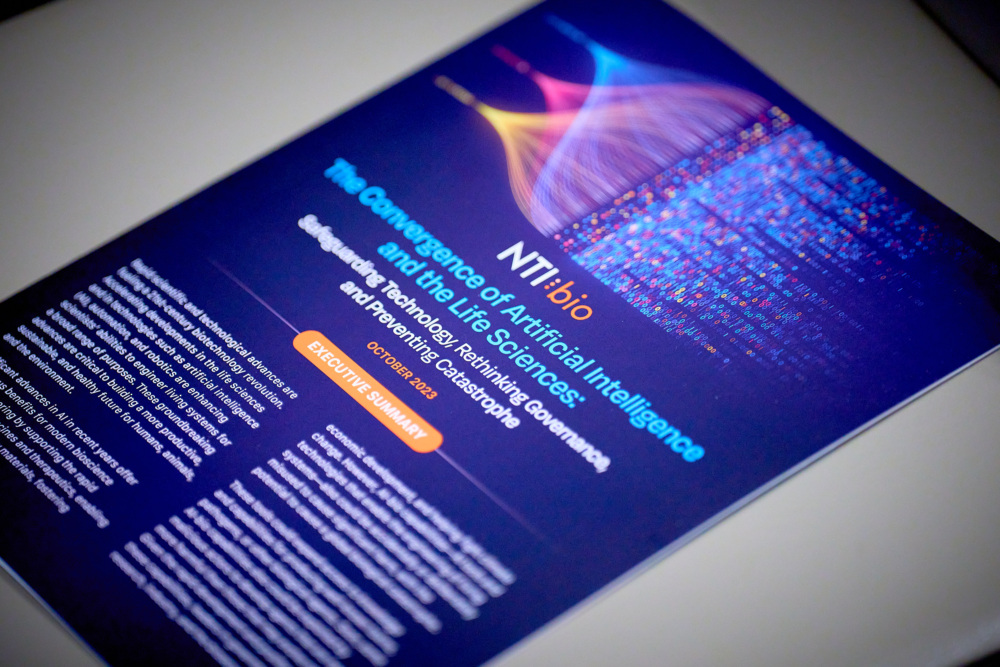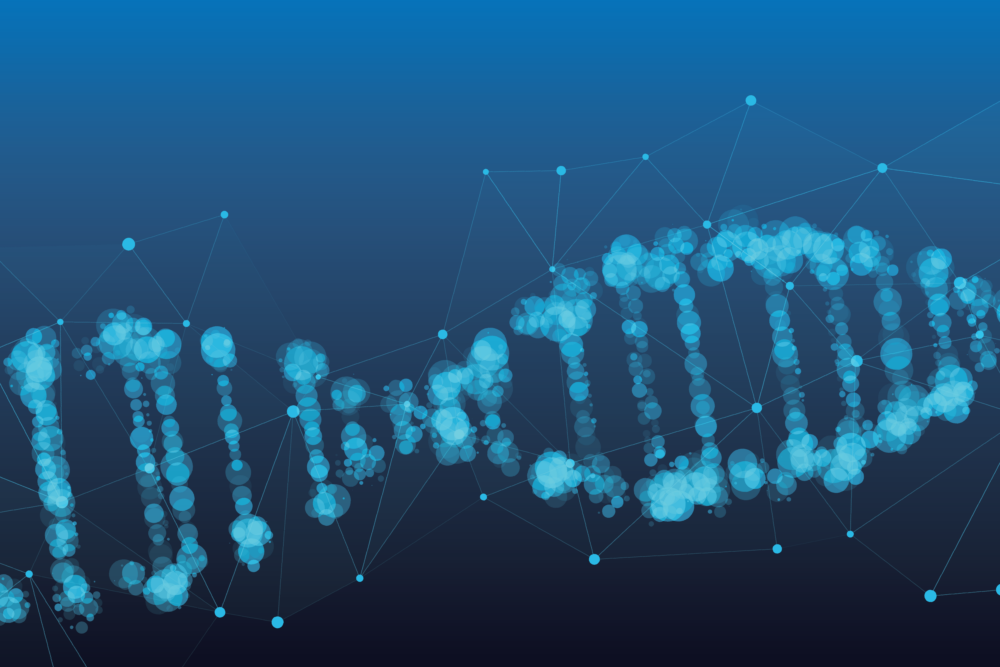
WHO Data Demonstrates Weaknesses in Biosecurity and Biosafety Systems Worldwide
In 2014, more than two dozen countries and organizations launched the Global Health Security Agenda (GHSA) to accelerate global capability to prevent, detect, and rapidly respond to biological threats. Now with 59 country partners, the GHSA has prompted countries to prioritize pandemic preparedness, including by undergoing peer-review gap assessments through the World Health Organization Joint External Evaluation (JEE) process and by pledging financial and technical assistance to countries lacking resources to fill gaps. Unfortunately, although many countries have made commitments to advance the GHSA, biosecurity and biosafety continue to be under-represented in global policy discussions about pandemic preparedness. In addition, there are no accountability mechanisms for monitoring GHSA-related commitments – including commitments to advance biosecurity and biosafety – nor has any specific national or regional mechanism been developed to track progress and announce new commitments or setbacks. In short, much work remains to prioritize biosecurity and biosafety as public health imperatives.
Lack of Preparedness for Bioterrorism
In advance of the 4th Annual GHSA Ministerial on October 25-27, 2017, in Kampala, Uganda, NTI mapped the biosafety and biosecurity-related JEE scores from the 39 countries with published JEE peer reviews as of October 17, 2017. Most countries that have been assessed through the JEE process lack core biosecurity and biosafety capabilities, which indicates a lack of preparedness for preventing, detecting, and responding to bioterrorism threats.
In our analysis of the 39 published JEE reports, NTI found that:
- 74% of the assessed countries demonstrated limited or no capacity for a whole-of-government national biosafety and biosecurity system.[1]
- 64% of the assessed countries demonstrated limited or no capacity for biosafety and biosecurity training and practices.
- 41% of the assessed countries demonstrated limited or no capacity for linking their public health and security authorities during a suspected or confirmed biological event.
These scores are concerning for several reasons. Most importantly, they indicate a lack of capability in areas vital to countering biological threats, including: updated inventories of dangerous pathogens and toxins; consolidation of dangerous pathogens and toxins into a minimum number of facilities; biosafety and biosecurity legislation; standards for containing and handling dangerous pathogens and toxins; use of effective modern diagnostic technologies that do not require culturing; comprehensive biosafety and biosecurity training; best practices for safe, secure, responsible conduct; and mechanisms for linking public health, animal health, and security authorities to investigate and attribute biological attacks. The results also highlight remaining biosecurity and biosafety shortcomings among countries receiving assistance to improve biosecurity and biosafety capability.
Mapping BioSecurity
The scores demonstrate the tremendous value of the JEE because they spotlight significant remaining needs. The countries that have undergone and published a JEE should be congratulated for their transparency and prioritized for additional, targeted assistance to swiftly fill gaps.
Tracking and Monitoring Commitments
Weak biosecurity and biosafety-related JEE scores also may demonstrate that countries put a lower level of priority on biosecurity and biosafety-related assistance, within the context of the GHSA.
Unfortunately, there is currently no international database to monitor and track commitments to improve biosafety and biosecurity-related assistance. To demonstrate some of the commitments that have been made to assist countries to improve biosecurity, biosafety, and broader pandemic preparedness, NTI analyzed the 2016 report on projects implemented or funded by members of the Global Partnership Against the Spread of Weapons and Materials of Mass Destruction (Global Partnership) in accordance with Article X of the Biological and Toxin Weapons Convention.[2]
NTI mapped these reported assistance commitments across countries and regions and found that 13 partners reported giving a total of more than $470 million for capacity building programs. Within the reported projects, approximately $370 million went to projects specifically targeted at improving biosecurity, biosafety, and countering bioterrorism. The projects were implemented by the United States, Canada, the European Union, Germany, the United Kingdom, Netherlands, Norway, Denmark, Finland, France, and Sweden. Within this category of assistance, the United States was responsible for 66% of the reported funding ($246 million), and four donors (the United States, Canada, the European Union, and Germany) are responsible for 94% of the reporting biosecurity-targeted funding.
Biosecurity Assistance and Partners
When coupled with persistent biosecurity and biosafety gaps found in the analyzed JEE data, these findings clearly demonstrate that international assistance to improve biosecurity and biosafety is insufficient to yield what’s needed most: a safe and secure laboratory and disease surveillance infrastructure. For example, while many countries are partnering in East Africa, the JEE scores in that region demonstrate remaining gaps in biosafety and biosecurity-related capacity – highlighting the need for continued and coordinated assistance to build sustainable capacity.
It is essential for countries to better target and synchronize international assistance to fill specific gaps identified by transparent external evaluation. These gaps and the financing to fill them should be clear priorities for both the next phase of the GHSA and in Global Partnership deliberations during the 2018 meeting of G-7 states.
Addressing These Challenges
In the run-up to the Kampala Ministerial, NTI advocated for GHSA countries and leaders to prioritize biosecurity and biosafety as core elements of pandemic preparedness, including through the NTI-NextGen Biosecurity in GHSA Competition. Going forward, NTI plans to analyze and track progress on global biosecurity and biosafety commitments, with the goal of increasing donor emphasis on these vital components of the GHSA. NTI also will continue to advocate for strong inclusion and financing of biosecurity and biosafety milestones within national health security action plans.
These efforts to drive biosecurity implementation complement important new work from the Georgetown University Center for Global Health Science and Security to launch an interactive database aimed at tracking broader health security commitments (beyond biosecurity and biosafety), including political commitments as well as financial implementation of those commitments.
New activities to track commitments and analyze biosecurity, biosafety, and broader global health security capability will also inform the development of a Global Health Security Index, which NTI is undertaking in partnership with the Center for Health Security at the Johns Hopkins Bloomberg School of Public Health and the Economist Intelligence Unit, through generous support from the Open Philanthropy Project and the Robertson Foundation.
Stay Informed
Sign up for our newsletter to get the latest on nuclear and biological threats.
More on

The Convergence of Artificial Intelligence and the Life Sciences
New report from NTI | bio offers recommendations for urgent actions that leaders within government, industry, the scientific community, and civil society should take to safeguard AI-bio capabilities.
Testimony of Jaime M. Yassif at U.S. House Hearing on “Strengthening Biosafety and Biosecurity Standards: Protecting Against Future Pandemics”
Testimony of Jaime M. Yassif at U.S. House Hearing on "Strengthening Biosafety and Biosecurity Standards: Protecting Against Future Pandemics"

Benchtop DNA Synthesis Devices: Capabilities, Biosecurity Implications, and Governance
A new NTI | bio report describes the status of benchtop DNA synthesis devices, explains the risks for biosecurity, and recommends action and oversight by governments, industry, and the scientific community.


